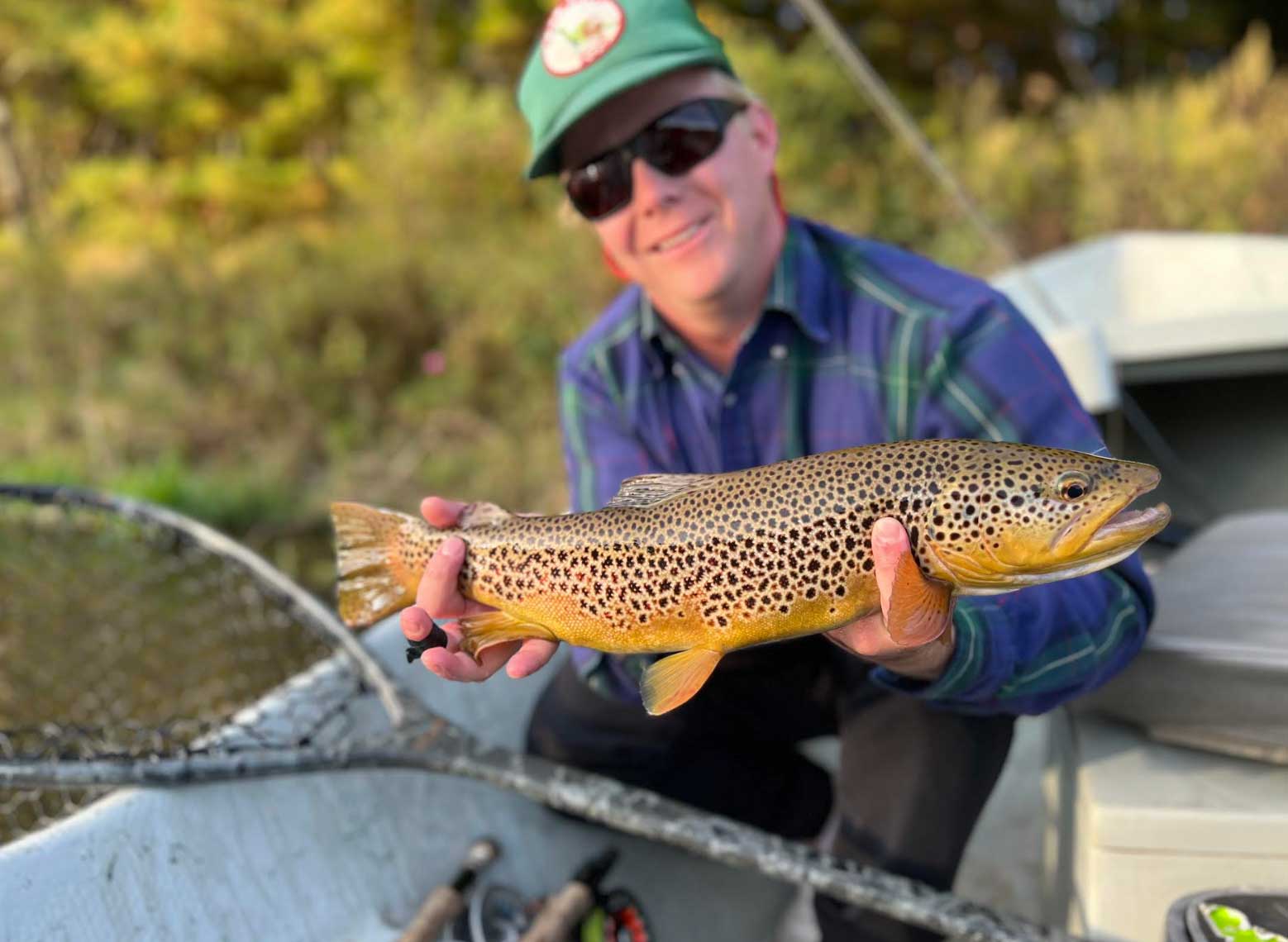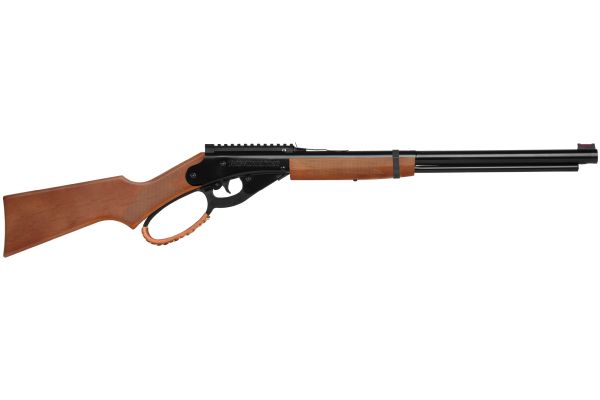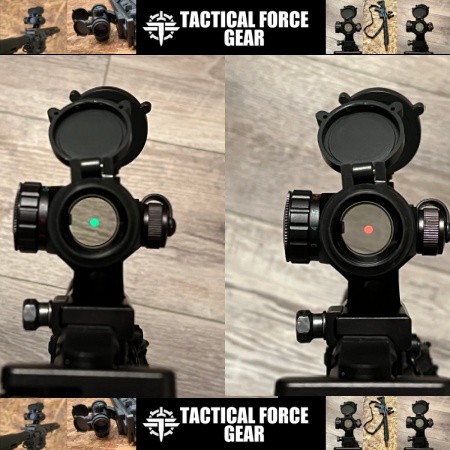I’ll fess up. Nothing is more blood-pressure raising to me than pinning a big trout on an itty-bitty dry fly. Scoring the take is the fun part, no doubt, but whenever I’m trying to feed a hefty brown or rainbow a size 20 or 22 fly with a minuscule hook, I just assume the fish won’t make it to the net after the slurp. That’s a bad attitude, I know, but fishing micro dry flies also means fishing hair-thin tippet. Quite often, however, this is the presentation required to get the job done, particularly in late summer when hatches of big, meaty insects start to wane.
In this episode of the Quick Strike podcast, I’m talking with Joe Demalderis, who is a fly shop owner and veteran guide on the upper Delaware River, which straddles the border of New York and Pennsylvania. In the spring and early summer months, droves of people flock to the system for its prolific hatches. By August, however, the crowds taper off and so do the sizes of the bugs. Demalderis is a huge fan of late summer because he enjoys the lack of angler competition as well as the technical challenge of fooling fish on tiny patterns like flying ants. For him, the eat is the reward and a fish in the net is just a bonus. This, of course, is not the attitude of many anglers, especially if they just tied into the biggest trout of their life on a minuscule fly. Demalderis says landing a big fish in this situation all boils down to a few simple tricks rooted in the physics department.
Stronger than You Think
When fishing tiny dry flies, anglers often worry about the strength of the tippet material needed to tie them on. Six- and even 7X tippets that test 3 pounds or less are common in this game, and to the naked eye they appear to be as thin and delicate as a strand of baby hair. The natural assumption, then, is that if a big fish grabs the fly it’s going to snap that tippet instantly. But that couldn’t be further from the truth. According to Demalderis, it’s not the breaking strength that matters, but how pressure is applied to the tippet.
“If you were to wrap a length of 6X tippet around your thumbs and pull them apart very quickly, it’s going to snap instantly,” he says. “But if you slowly pull your thumbs apart, that same tippet can actually cut into your skin. It’s much stronger than you realize, and the trick to fighting fish on it is applying even pressure slowly.”
In other words, no sudden movements. Demalderis reminds clients that you’re not going to be able to drive a size 22 hook deep into a fish’s mouth anyway, so there’s no benefit to setting the hook hard after the take. In fact, that is the fastest way to lose the fish. But if you slip set—lift the rod firmly but gently with only a little bit of tension on the fly line—you’re far less likely to break the tippet. Once you’ve cleared that hurdle, the next step is letting your gear do—or not do—all the work.
Tip Up, Hands On
Demalderis notices that when people are fighting heavy fish on light tippet, they get gun shy about bending the rod. They seem to think keeping it pointed straight at the fish will increase their odds of success when that’s actually the quickest way to pull a small hook. Fly rods with slower, softer tips are Demalderis’s preference for fishing tiny dries because they keep a bend in the rod with less effort, but even if you have a faster rod, let it do the work of keeping steady pressure on. Your tip should be elevated throughout the fight. How you use the reel is another story.
“If a fish puts itself on the reel that’s fine,” Demalderis says. “But people lose a lot of fish trying to reel in all their slack running line and get it on the reel. If that trout turns and starts coming at you, there goes the tension, and the fly will come out. I hand line the fish most of the time unless it engages the reel on its own.”
Stripping the fish in by hand not only helps you maintain pressure during the entire fight, it also arguably gives you more control. You feel it surge or change direction faster and can compensate very quickly by tightening or loosening your grip. If your reel’s drag is smooth and reliable, it’s a fine tool for fighting big fish on light tippet, but if it’s choppy or hiccups you run the risk of a sudden movement that will cause that tippet to snap.
Read Next: Best Trout Rods, Tested and Reviewed
Points Taken
Another common mistake is forgoing flies with premium hooks. There is no shortage of online retailers that sell discounted flies, and truthfully, there’s nothing wrong with patronizing them when buying large flies like poppers and streamers. But when buying micro dries, quality hooks are of the utmost importance because they’re so thin and delicate.
“Even if you buy good hooks, just squeezing them in the vice too hard if you tie your own flies can create a weak point,” Demalderis says. “You get one micro abrasion or gouge in the shank, the hook is more likely to break at that point during a fight.”
Breaking because of a defect or weak spot is one thing, but discount hooks, especially very small, thin ones, are also very likely to simply bend straight under pressure. There are many things out of our control that can go wrong during a battle, but this isn’t one of them, so don’t get cheap on hooks.
Read the full article here




